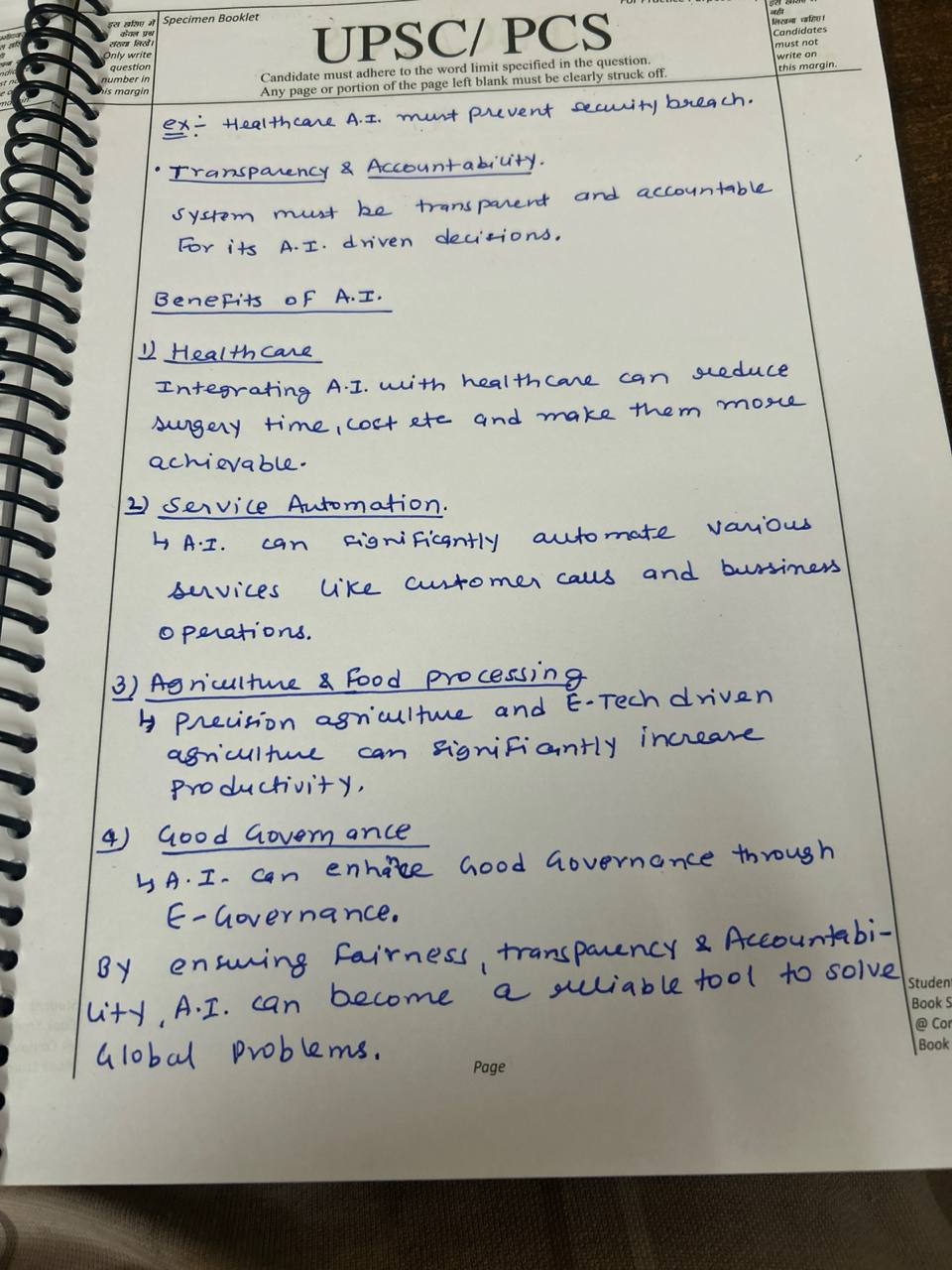Yes, it is crucial for governments to frame rules and laws regarding domestic violence against men, as well as women. Domestic violence is a significant social issue that affects individuals of all genders, and it is essential to address it comprehensively. Why frame rules for domestic violence agaiRead more
Yes, it is crucial for governments to frame rules and laws regarding domestic violence against men, as well as women. Domestic violence is a significant social issue that affects individuals of all genders, and it is essential to address it comprehensively.
Why frame rules for domestic violence against men?
- Equality and fairness: Domestic violence is a serious violation of human rights, and it is essential to recognize that men can also be victims of domestic violence. Framing rules for domestic violence against men promotes equality and fairness in addressing this issue.
- Breaking the silence: Many men who experience domestic violence feel embarrassed, ashamed, or afraid to speak out due to societal stigma. By framing rules, governments can help create a culture where men feel comfortable seeking help and support.
- Preventing escalation: Domestic violence can escalate into more severe forms of abuse or even fatal incidents. Framing rules can help prevent these tragic outcomes by providing support services and addressing the underlying issues.
- Reducing gender stereotypes: By addressing domestic violence against men, governments can challenge harmful gender stereotypes that often perpetuate the notion that men are never victims of domestic abuse.
How governments can frame rules regarding domestic violence against men:
- Legislative action: Enact laws that criminalize domestic violence against men, including stalking, physical assault, sexual assault, and emotional abuse.
- Awareness campaigns: Launch public awareness campaigns to educate the public about the reality of domestic violence against men and promote a culture of respect and equality.
- Support services: Provide support services, such as hotlines, counseling, and shelter facilities, specifically designed for male victims of domestic violence.
- Training for professionals: Ensure that healthcare providers, law enforcement personnel, and social workers receive training on recognizing signs of domestic violence against men and providing appropriate support.
- Data collection: Collect data on domestic violence against men to better understand the scope of the issue and develop targeted interventions.
- Collaboration with organizations: Work with organizations that specialize in supporting male victims of domestic violence to ensure that resources are available and accessible.
- Education and prevention: Integrate education on healthy relationships, consent, and respect into school curricula to prevent future cases of domestic violence.



The acceptance of live-in relationships in Indian society is a complex and evolving issue. While traditional norms and values have historically stigmatized live-in relationships, there is a growing trend towards greater acceptance particularly among younger generations and in urban areas.Several facRead more
The acceptance of live-in relationships in Indian society is a complex and evolving issue. While traditional norms and values have historically stigmatized live-in relationships, there is a growing trend towards greater acceptance particularly among younger generations and in urban areas.Several factors contribute to the increasing acceptance of live-in relationships in India –
Despite these positive trends there are still significant challenges to overcome before live-in relationships are fully destigmatized in Indian society –
In conclusion, while there are still challenges to overcome, there is a growing trend towards greater acceptance of live-in relationships in Indian society. Ultimately accepting live-in relationships can help promote individual freedom, diversity and inclusivity.
See less